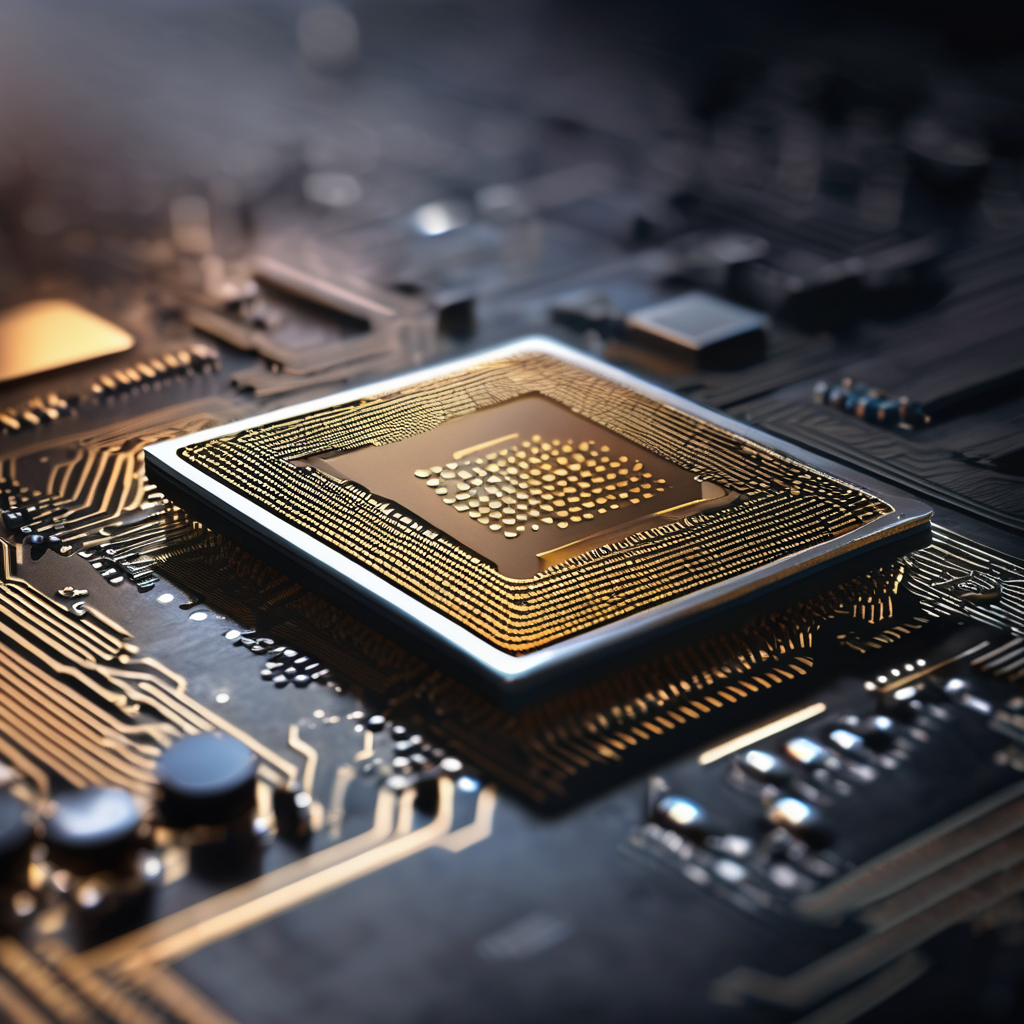Advanced Micro Devices (NASDAQ:AMD) recently held its Analyst Day, where the company unveiled ambitious plans aimed at seizing a significant position in the rapidly evolving AI landscape and targeting an expansive $1 trillion computing market. Executives outlined a strong anticipated growth trajectory across their data-center, client, and embedded divisions, propelled by next-generation architectures alongside a comprehensive AI strategy. CEO Lisa Su characterized this occasion as the start of a multi-year growth phase, supported by a robust product pipeline that aims to capitalize on the increasing demand for high-performance computing.
Reactions from Wall Street have been predominantly positive, with many analysts affirming that AMD is strategically prepared to compete robustly against Nvidia in the AI chip sector. Nonetheless, some analysts, like Jay Goldberg from Seaport, expressed a more cautious view post-event.
Goldberg acknowledged the merits of AMD’s five-year strategic plan, which anticipates reaching $100 billion in annual revenue by 2030, along with projected gross margins of 55% to 58% and operating margins exceeding 35%. These targets indicate a promising trajectory compared to the current performance levels. He highlighted the competitiveness of AMD’s MI500 specifications against Nvidia’s Vera Rubin as a notable achievement, stating, “This is an impressive ramp for any normal semiconductor company, once again demonstrating AMD’s ability to execute.”
However, he also noted that the $100 billion revenue goal represents only a 10% share of the total addressable market, which he found somewhat underwhelming. Furthermore, while AMD emphasized the importance of CPUs in AI data centers, Goldberg pointed out that the projections suggest AMD’s share in the GPU and AI accelerator markets might remain in the mid-single digits.
Goldberg raised concerns about AMD’s dependency on key clients, particularly OpenAI, and expressed uncertainty regarding the latter’s purchasing capabilities and demand allocation across AMD’s expanding chip lines. Despite recognizing AMD as one of the best-managed semiconductor firms, Goldberg remained cautious about the stability of its roadmap execution. He assigned a Neutral rating to AMD shares, refraining from specifying a price target.
In contrast, other analysts provided more optimistic outlooks, with an average target price of $281.78—reflecting a potential 26% gain over the next year. The analyst consensus leans towards a Moderate Buy, showcasing 27 Buys against 10 Holds.
As AMD forges ahead in the AI and semiconductor landscape, its strategic direction and execution will be closely watched by investors and analysts alike, promising a potential transformative chapter for the company.
